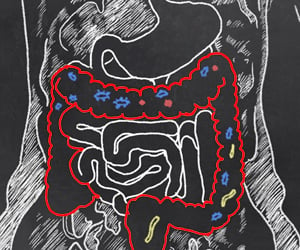The research team deleted the protein from normal mouse mammary cells in one experiment and watched what happened.

In a second set of experiments, the team turned on a gene called Twist1, which is thought to affect the activity of many genes needed to transform groups of stationary epithelial cells into independent, mobile cells. The result, they say, was dramatic. Within 24 hours of turning on Twist1, dozens of individual cells began to move past the epithelial boundary and into the gel beyond. Again, similar results were seen when the experiment was repeated in live mice.
Surprisingly, the researchers say that when they caused epithelial cells lacking E-cadherin to turn on Twist1, the cells were no longer able to escape into the gel as single cells. Instead, they created many "columns" of cells, which didn't detach from the mammary tissue. These results suggest that the single-celled detachment and migration induced by Twist1 actually requires the presence of E-cadherin — the Velcro protein that helps bind the cells together. "This finding is quite counterintuitive," Ewald says, "and we are eager to understand the biology behind it."
Since Twist1 is known to affect the activity of many genes, the researchers have begun to narrow down which of those genes is responsible for the cellular spread they witnessed. With that information, they hope to identify new means of preventing metastasis.
"Our goal is to improve outcomes for patients with metastatic breast cancer, and this work takes us one step closer to doing so," says Ewald.
Source-Eurekalert









